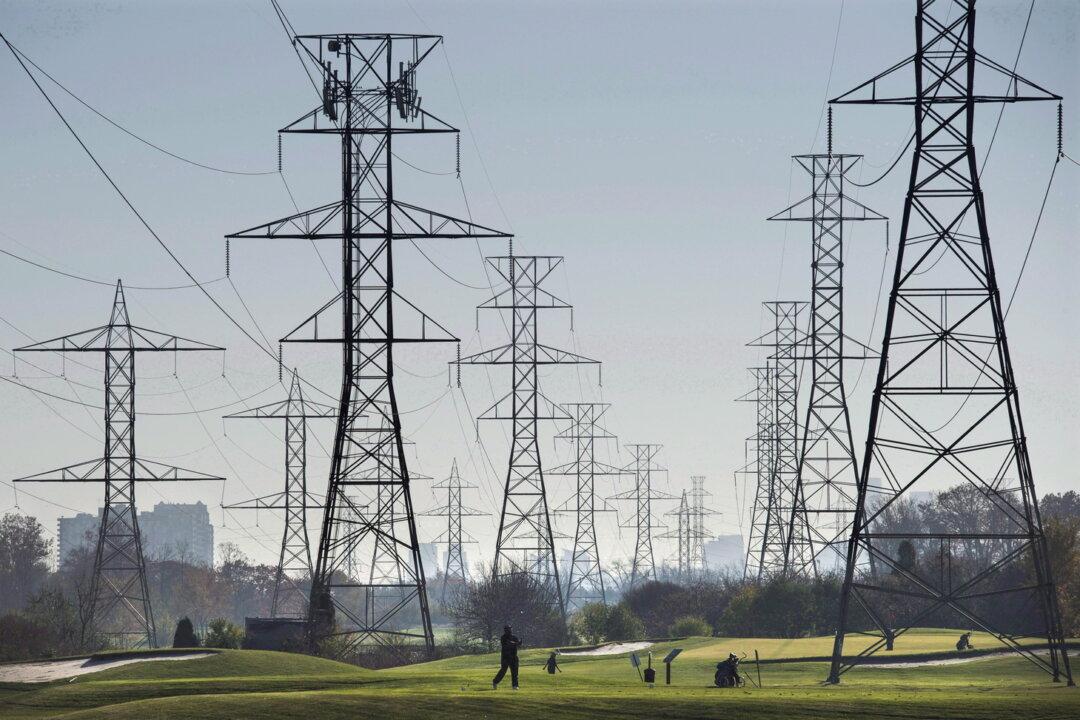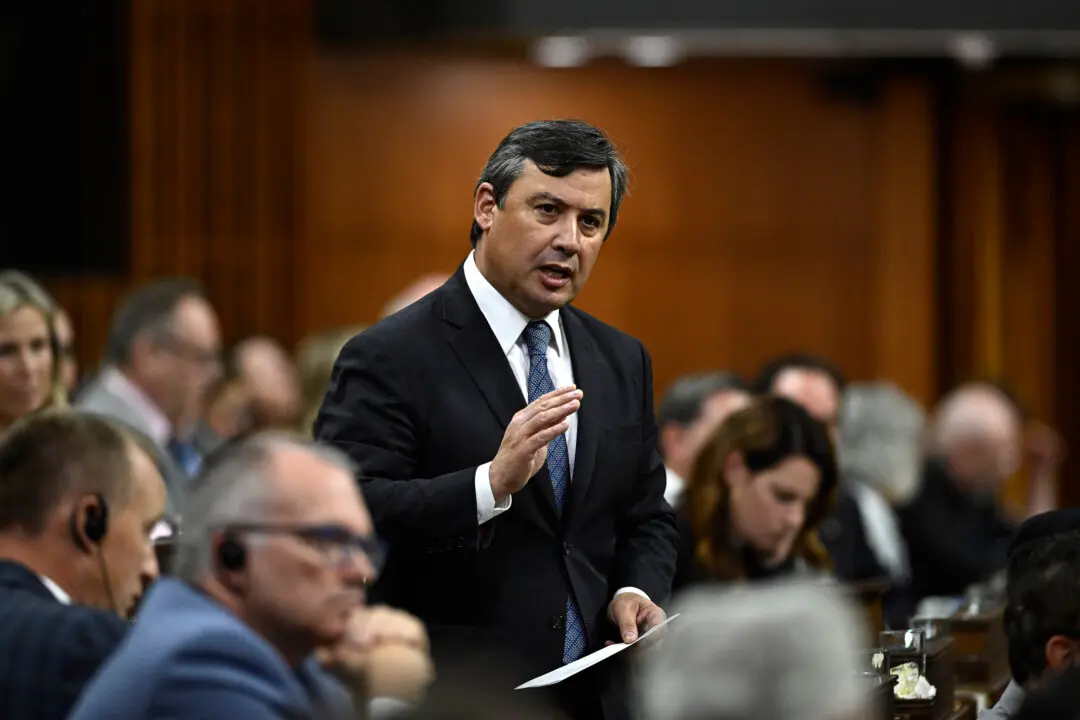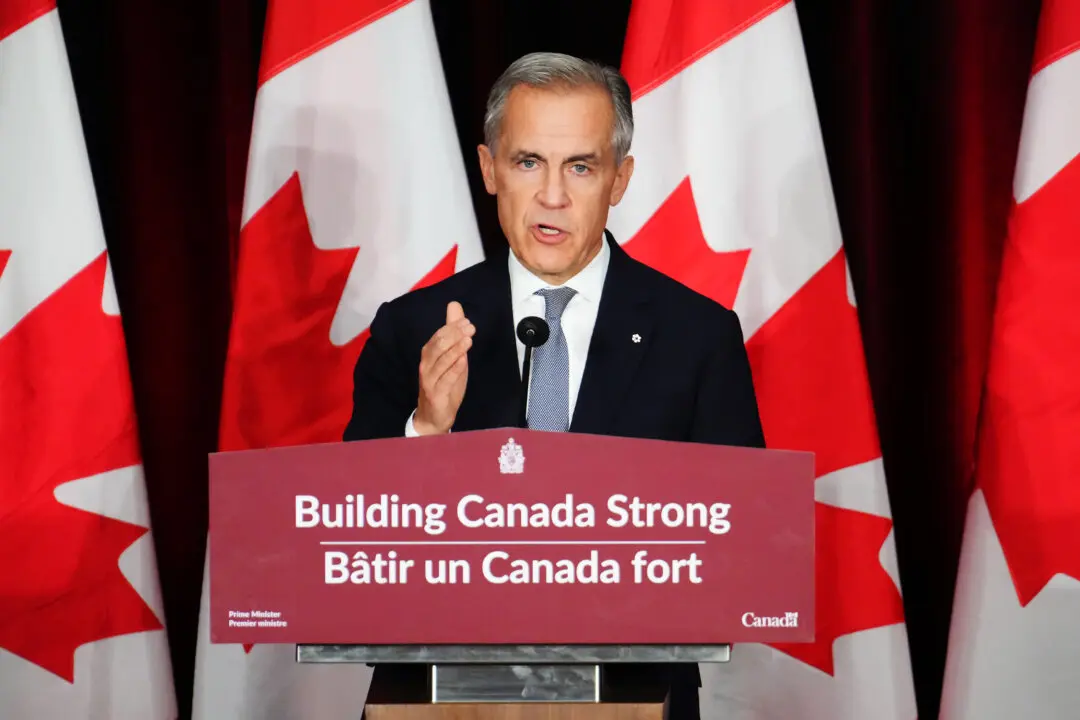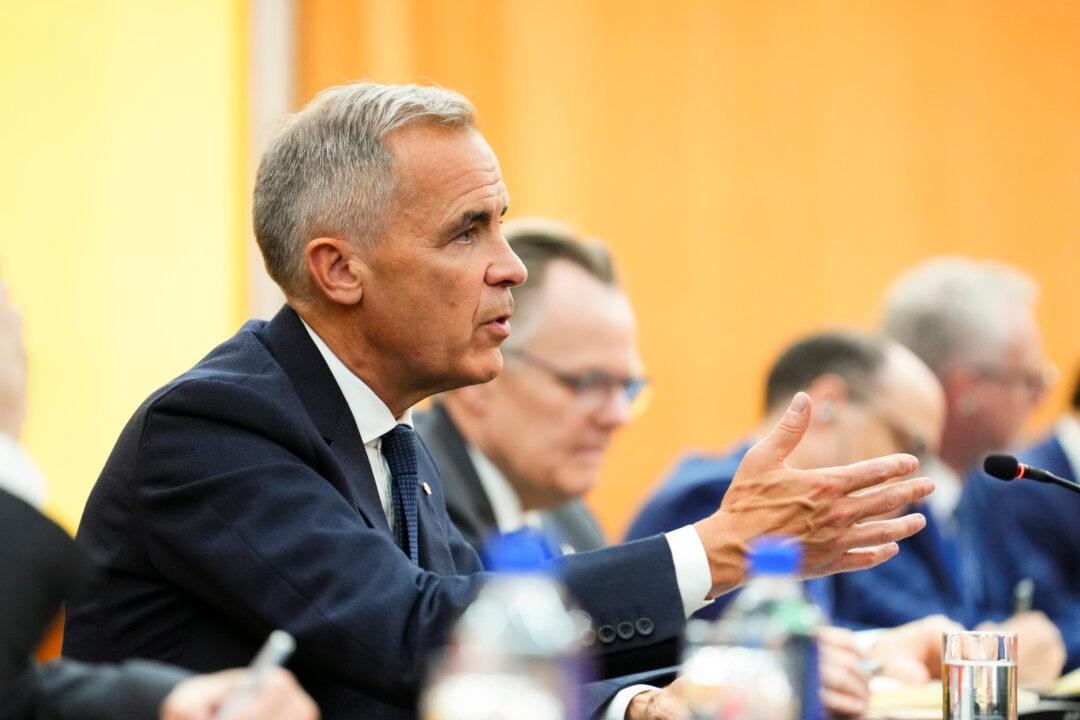Ontario’s electricity sector has been struggling with increasing system costs for over a decade, but the government’s rate subsidies that shift the costs to taxpayers are unsustainable, according to a new report by the C.D. Howe Institute.
“Power Surge: The Causes of (and Solutions to) Ontario’s Electricity Price Rise Since 2006” found that the heart of the problem is the increases in the cost of supply from high-cost energy contracts being spread over less electricity consumption than what was predicted when the contracts were signed.





